Yokai Monsters: 100 Ghosts ~ 1968, Kimiyoshi Yasuda, Japan
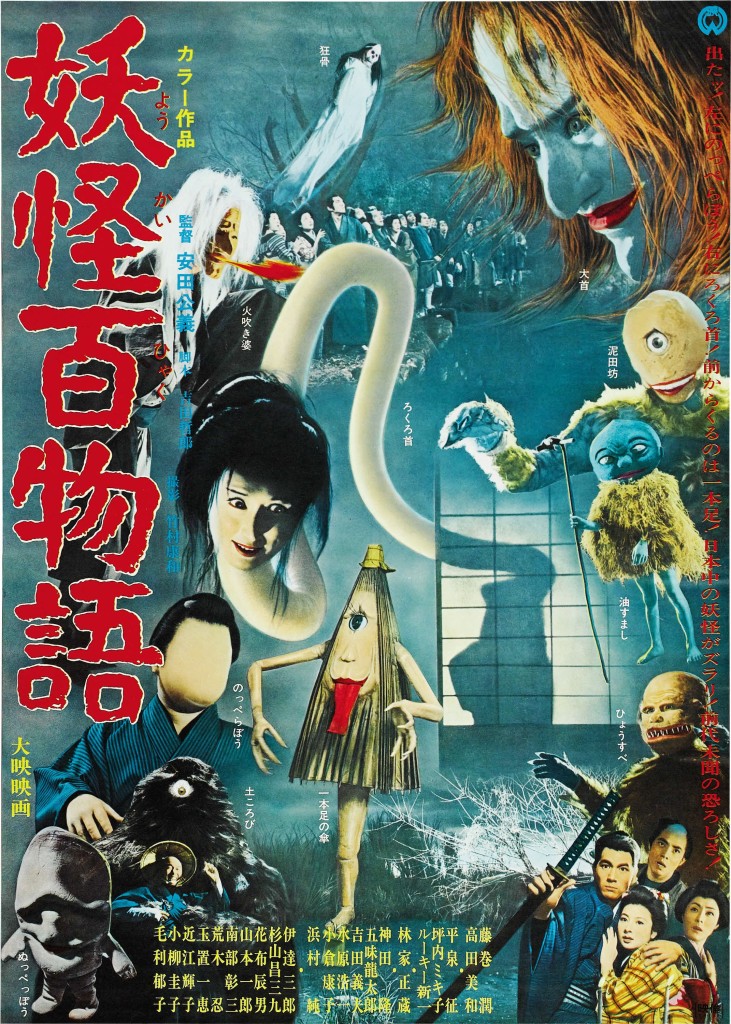
100 Ghosts is the strongest film in what is already a remarkably strong franchise, the Yokai Monsters series, three rad movies which were produced by Japan’s Daiei Studios in the late 1960’s. 100 Ghosts feels like a Japanese book of scary stories masquerading as a costume drama, but each of the individual tales are well integrated into the plot, so in the end it feels like a single, concise narrative, rather than an anthology film, like Creepshow, or Two Evil Eyes. Unlike Spook Warfare, 100 Ghosts keeps its narrative focused on the mortal plane, and dishes out the yokai in more modest doses. This time, the Yokai don’t really feel like characters, and they have no evident personalities. Instead, we see them more as supernatural agents of cosmic retribution; delivering justice to those who break society’s moral code, and this makes them infinitely more frightening than the squabbling, almost humorous depiction we got in Spook Warfare. Really, this movie actually gets pretty damn spooky toward the end, and much like Daimaijin, another Daiei studios film which is thematically similar to 100 Ghosts (And also shares much of the same cast), 100 Ghosts takes it’s time setting the scene before it hits us with a heavy dose of monster. The pay off in this film’s third act is well worth the wait.
THE PLOT~ When a group of thugs rides into a small village in rural Japan and commences to destroy the local shrine, the villagers find themselves understandably confused and distressed. It’s about to get worse, though, because this is just stage one of their shitty plan; and stage two is to follow up the besmirching of this religious site with the abrupt destruction of the local tenement house, a structure which much of our central cast calls home. Apparently his is all legal, too, due to a shady alliance between a local businessman and a super corrupt Lord, who is basically a damn gangster. Once everything is torn down and smashed, the bad guys are going to open up a cheap brothel and basically ruin everybody’s lives, so naturally our main characters wanna put the kybosh on this evil scheme like, ASAP. Along with the help of a wandering samurai, the villagers hatch a plot to save the day.
I know what you’re thinking… When you look at it, this sounds like the plot to the most generic 80’s teen movie of all time. It’s basically Breakin’ 2: Electric Boogaloo, only in Japan, with monsters. “Hey, gang, we gotta stop the evil billionaire from tearing down our rec-center and opening a strip mall! Let’s organize a concert to raise community awareness!” Yeah, pretty much that’s the exact plot of 100 Ghosts, but you don’t really notice that when you watch it, because this movie is awesome as hell, and also a lot of people die. Plus, in 100 Ghosts, our human characters aren’t even able to pull it off anyway, and the real solution ends up having nothing to do with them. Instead, it’s the yokai that save the day. Allow me to explain:
Having smashed the shrine to smithereens, our two bad guys decide to prematurely celebrate how awesome it is to be a big shit head with a night of recreational ghoul summoning. Sounds reasonable. They do so in the format of a rad party game called ‘The 100 Spirits ritual,’ which seems to be something like a group-friendly version of “Bloody Mary.” In order to conduct the 100 Spirits ritual, you must first gather a group of your friends and neighbors around a story teller, who then recites a series of cautionary ghost stories, which have all been handed down over the course of many centuries, or maybe just made up on the spot, depending on the credibility of the dude you hire. At the end of each story, a candle is lit (Or put out, I can’t remember. Don’t conduct this ritual at home.) Once all of the night’s stories have been told, and all the candles are lit, it is crucial that the storyteller conduct a “Curse elimination ritual“, because apparently just hearing these forbidden tales is enough to curse the shit out of you. Sounds like a pretty important part of the exchange to me, I would definitely want to take the extra time for the Curse Elimination Ritual, but our bad guys opt out. Having just sat through, like, 100 cautionary tales, they immediately prove that no amount of second-hand information is enough to teach them anything. Instead, they kick the story teller out, telling him not to let their sliding, paper door thing smack him in the side of the ass on the way out, and go on to chuckle turdishly about how ghosts are for losers and how neither of them are about to die terribly. Predictably, after this, the bad guys get the hell haunted out of them something fierce, which is super great to watch.
Like all of the Yokai movies, 100 Ghosts features a vast menagerie of ethereal Japanese bozo monsters, but none of them particularly hog the spotlight, except, of course, for the Umbrella Monster, which, just the very name of this thing is enough to raise an eyebrow. In all fairness, according to Yokai Attack; a nifty little book written by Hiroko Yoda (presumably of no relation to Jedi Master Yoda) and Matt Alt, the Umbrella Monster’s true name is Kara-Kasa, but holy shit, dude, who cares? Check this friggin’ thing out:
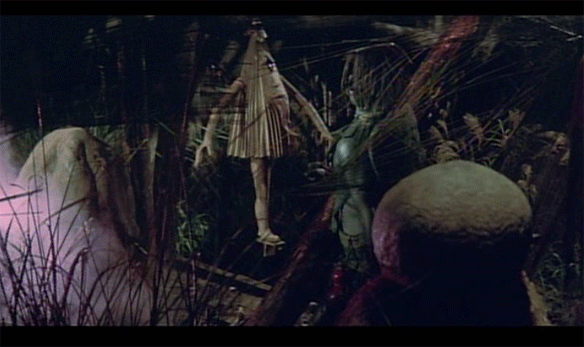
‘What’ indeed!
Pretty much, this particular monster doesn’t do a whole hell of a lot. It likes to sneak up and lick people, and it looks like the deranged little brother of that sexy lamp from A Christmas Story.
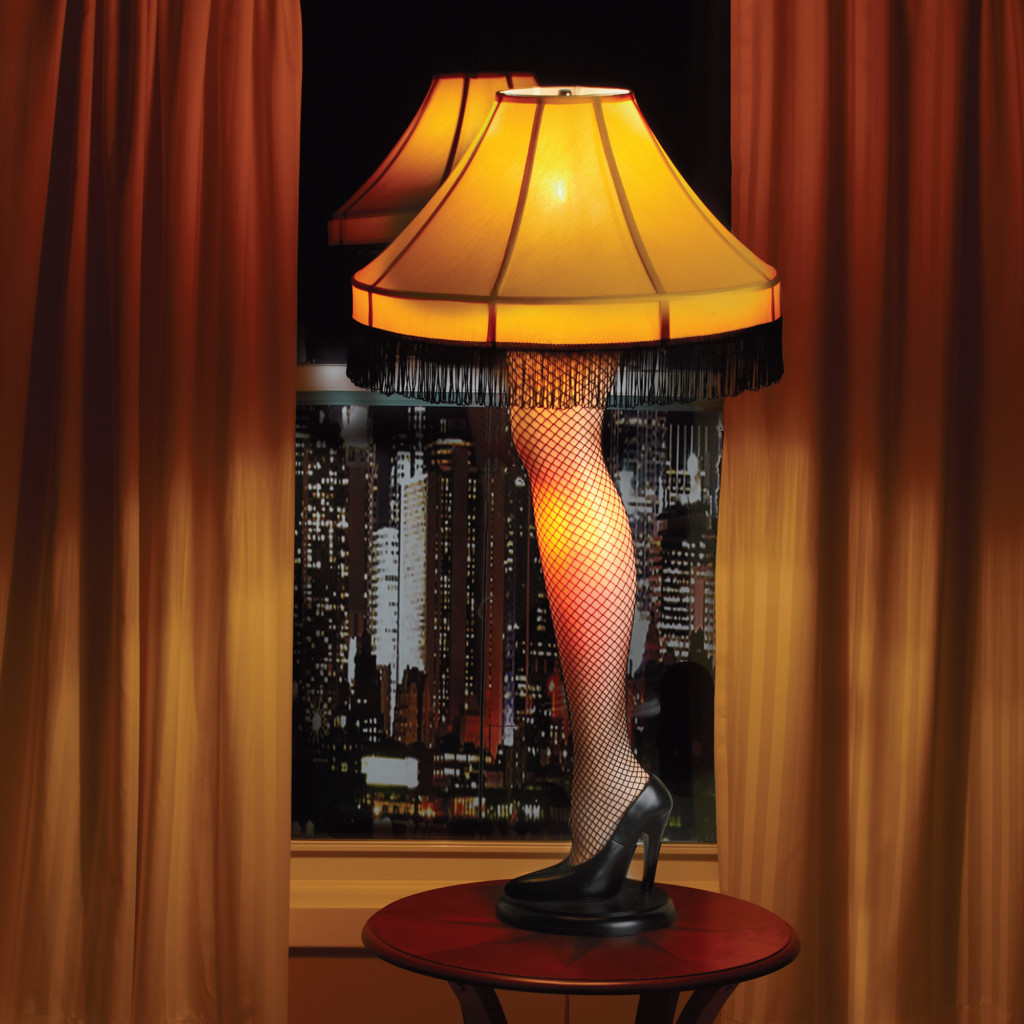
See the resemblance? Yokai are weird sometimes… Usually, even.
Like all of the Yokai films, even for the lousy ass one that Takashi Miike made in 2005, the greatest strength of 100 Ghosts is in just how many awesome, and unique, Japanese bogey men and women are crammed into the film’s brisk 90 minute run time, as well as the impeccable work by the art department in putting all of them together. Besides all the wonderful monsters, the set and costume design throughout the picture are also impeccable, and I’d say that 100 Ghosts really is Daiei at it’s best. All three Yokai films are legit gems, which remain puzzlingly under-appreciated stateside, and 100 Ghosts is easily the raddest of the batch. Go seek it out!
A+



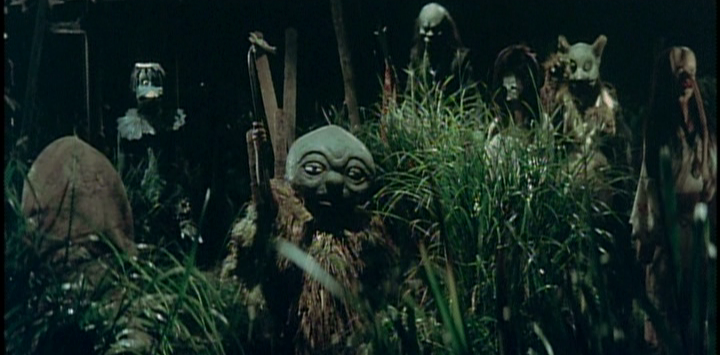
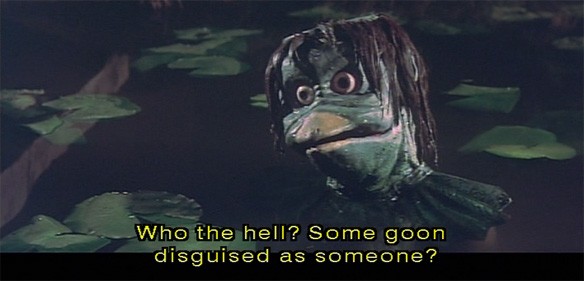 Also, sometimes the Yokai use profanity, and we all know that’s awesome.
Also, sometimes the Yokai use profanity, and we all know that’s awesome.
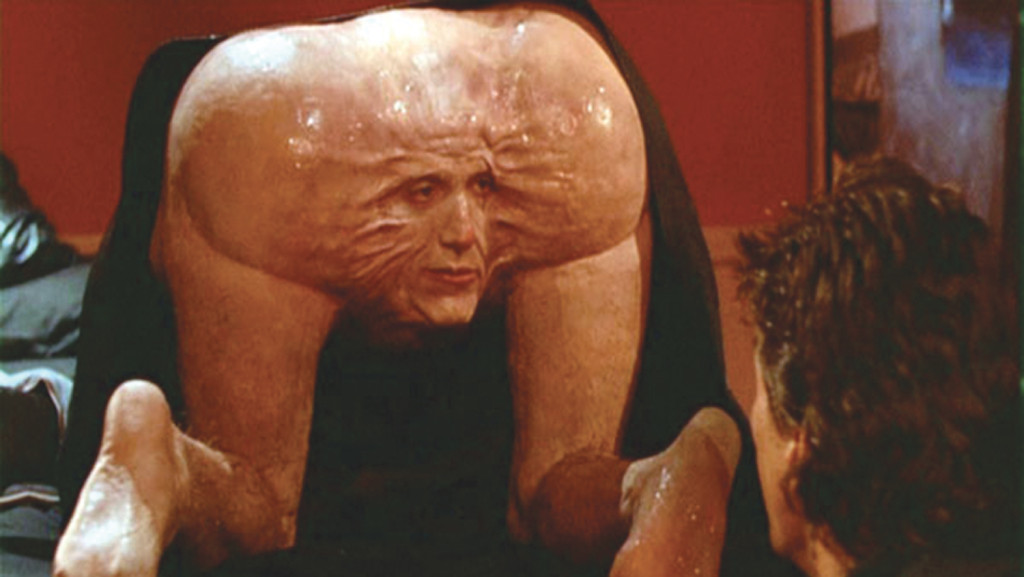 No caption needed!
No caption needed!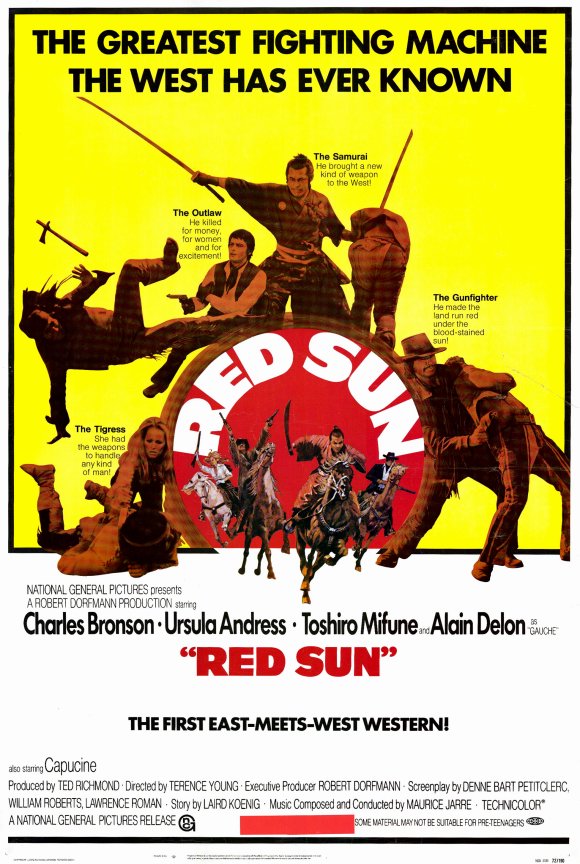
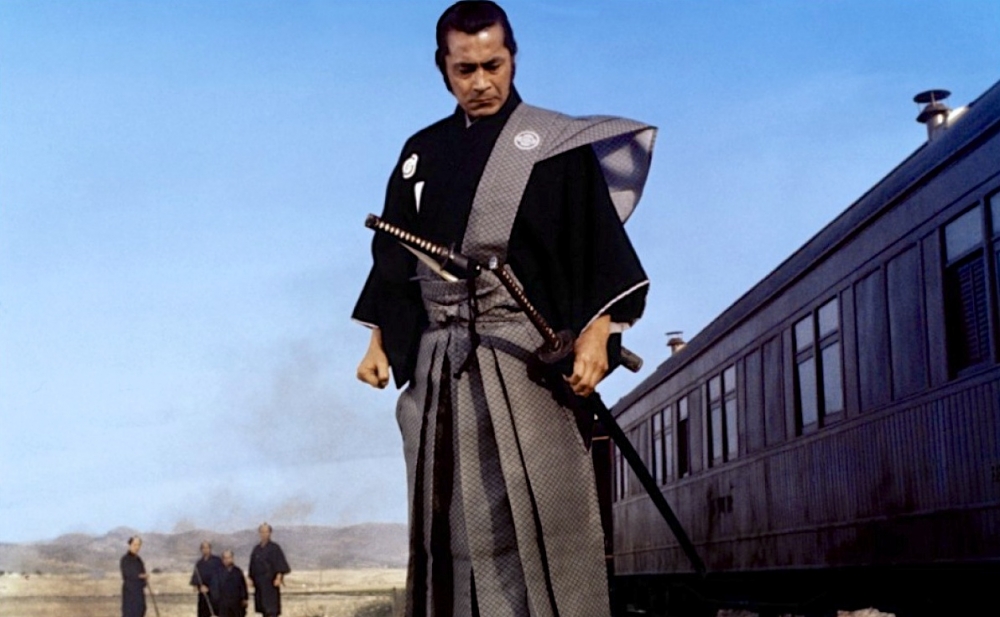 Awesome.
Awesome.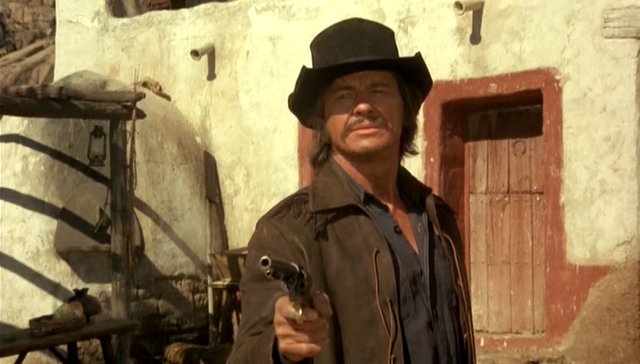 Charles Bronson’s natural habitat is pretty much anywhere, provided he’s pointing a gun at someone.
Charles Bronson’s natural habitat is pretty much anywhere, provided he’s pointing a gun at someone.

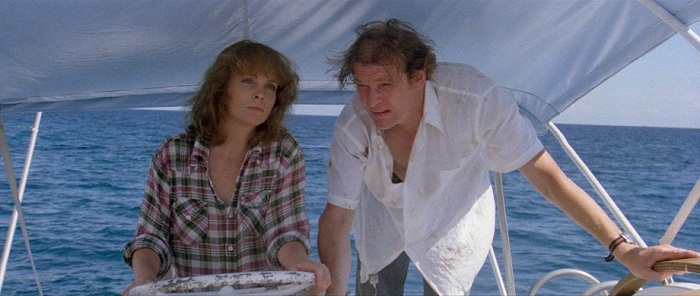
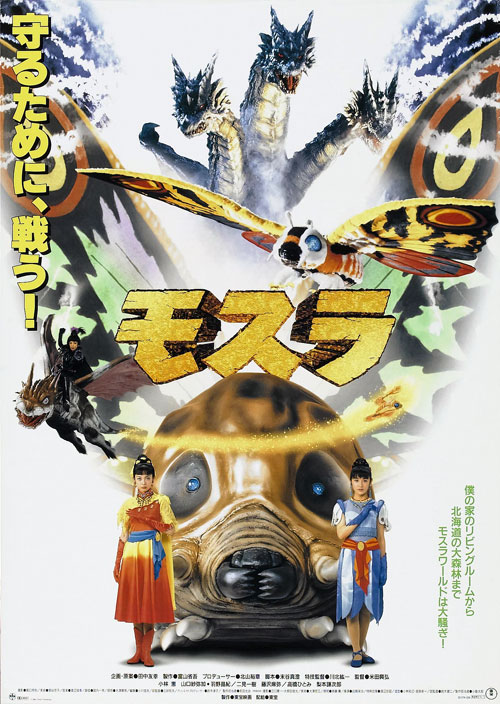
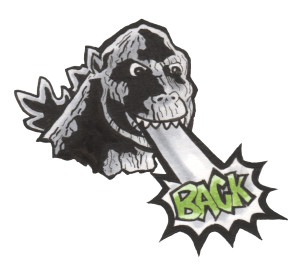
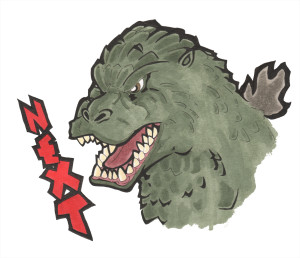
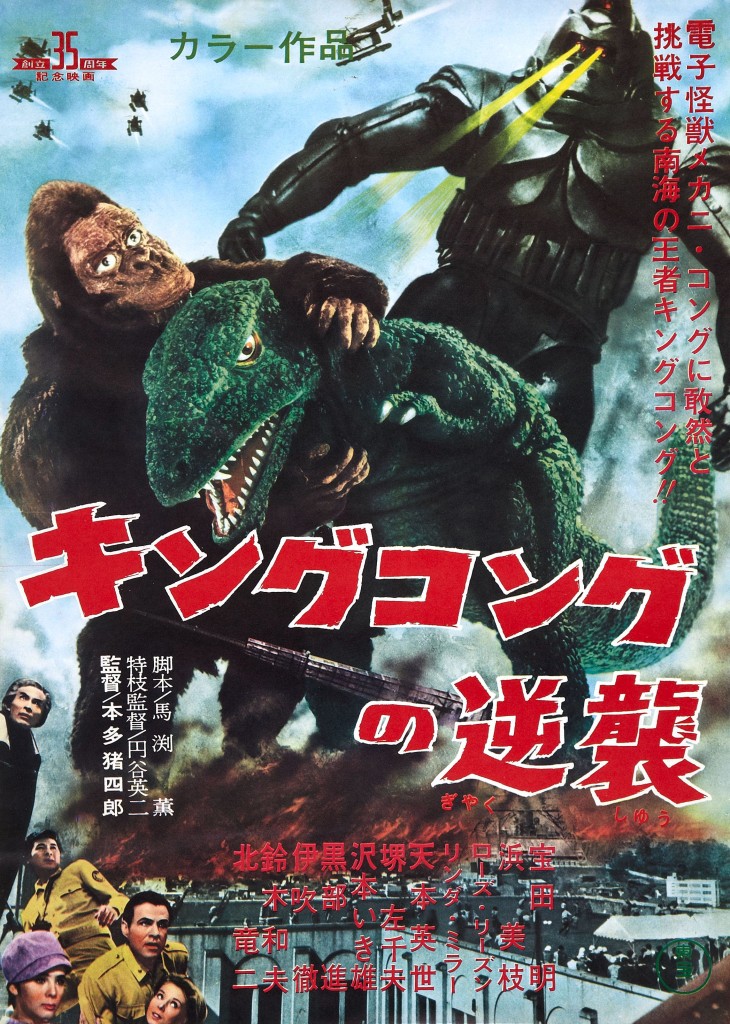
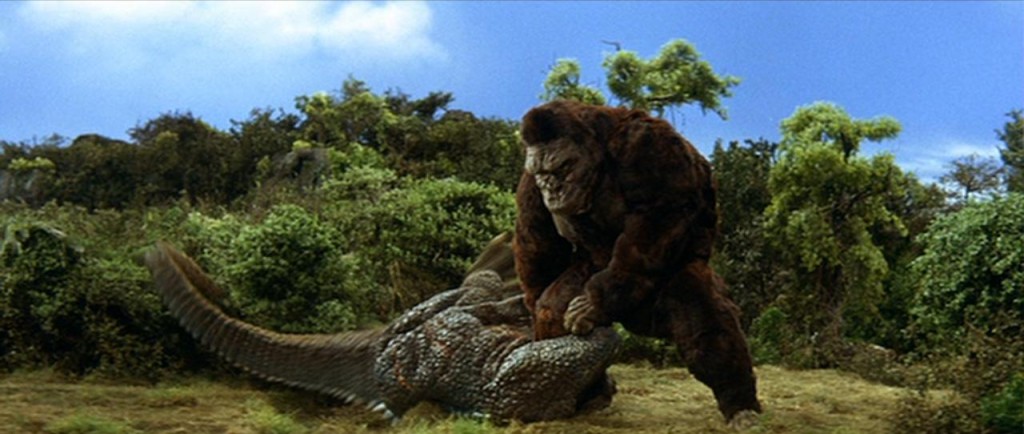
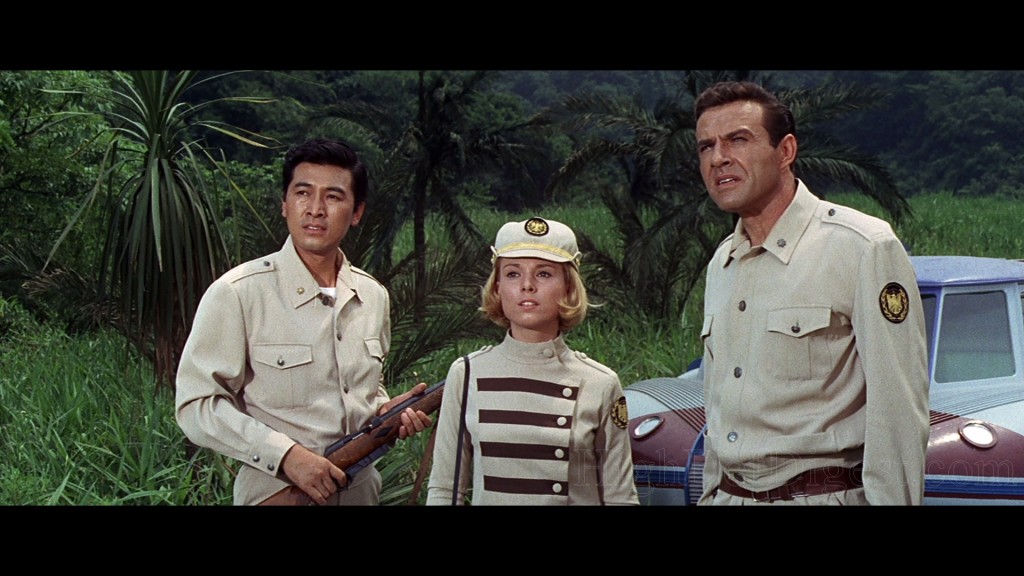
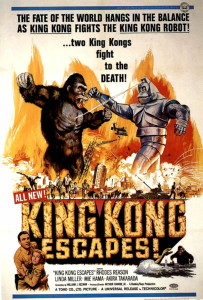
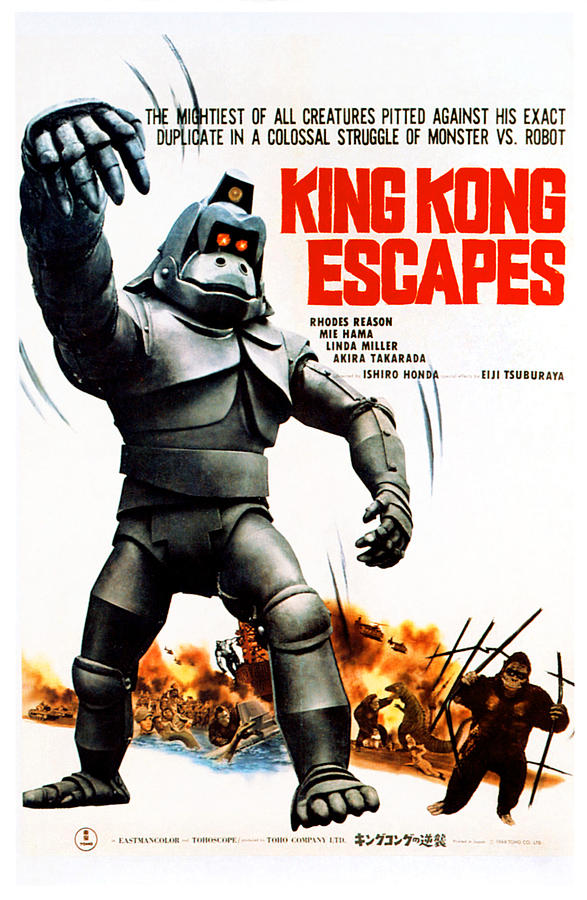
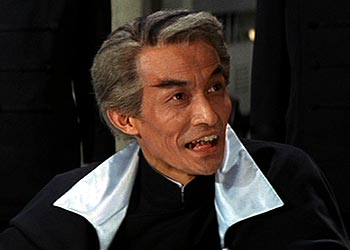 Your teeth are gross, dude.
Your teeth are gross, dude.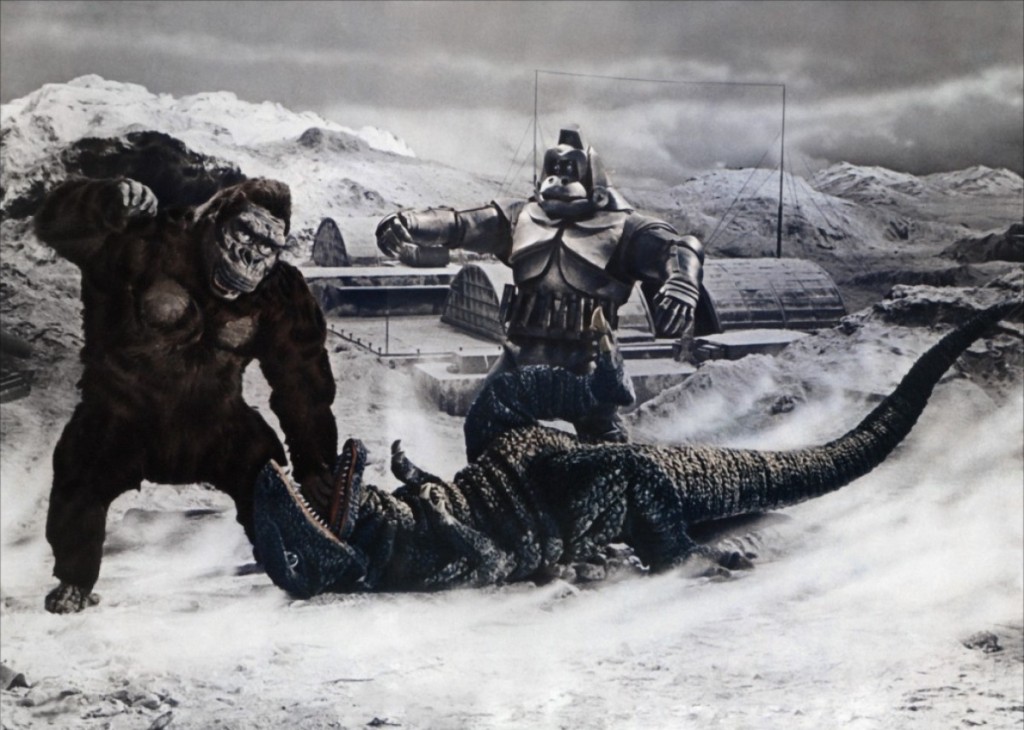 Also, this scene never actually happens in the movie, and that is inexcusable.
Also, this scene never actually happens in the movie, and that is inexcusable.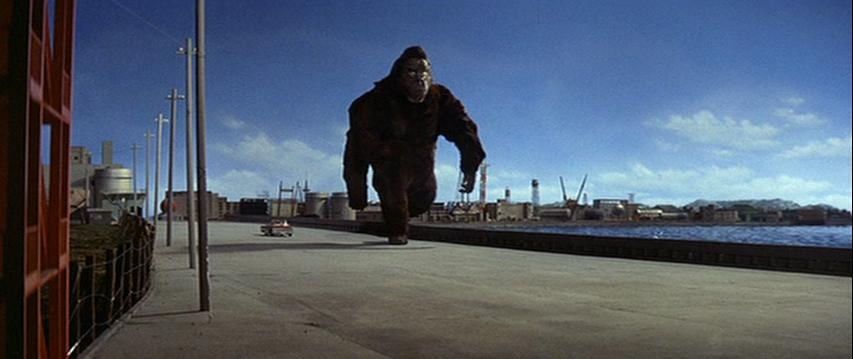 If I were to point out any downsides to King Long Escapes, I guess I could say that perhaps the biggest problem with the film is it’s portrayal of Lieutenant Susan Watson, a whimpering, simple-minded female and potential future bride to a towering Javanese ape monster, who is herself essentially helpless. Toho, on average, was actually markedly less sexist than most studios back in this golden age of monster cinema, but with King Kong Escapes, they certainly muddy their track record. It’s weird, all the Godzilla films are all littered with strong, intelligent female characters, both as protagonists and antagonists, but this movie is a major departure from that progressive attitude. This therefore begs the question; is this 180 specifically meant to be a slam on American women? Watson is, I believe, our first white, American woman to have a major role in one of these films, is her race or nationality the reason she’s been painted in such an unflattering light? Or could it be a result of Toho’s effort to replicate the feel of RKO’s original
If I were to point out any downsides to King Long Escapes, I guess I could say that perhaps the biggest problem with the film is it’s portrayal of Lieutenant Susan Watson, a whimpering, simple-minded female and potential future bride to a towering Javanese ape monster, who is herself essentially helpless. Toho, on average, was actually markedly less sexist than most studios back in this golden age of monster cinema, but with King Kong Escapes, they certainly muddy their track record. It’s weird, all the Godzilla films are all littered with strong, intelligent female characters, both as protagonists and antagonists, but this movie is a major departure from that progressive attitude. This therefore begs the question; is this 180 specifically meant to be a slam on American women? Watson is, I believe, our first white, American woman to have a major role in one of these films, is her race or nationality the reason she’s been painted in such an unflattering light? Or could it be a result of Toho’s effort to replicate the feel of RKO’s original 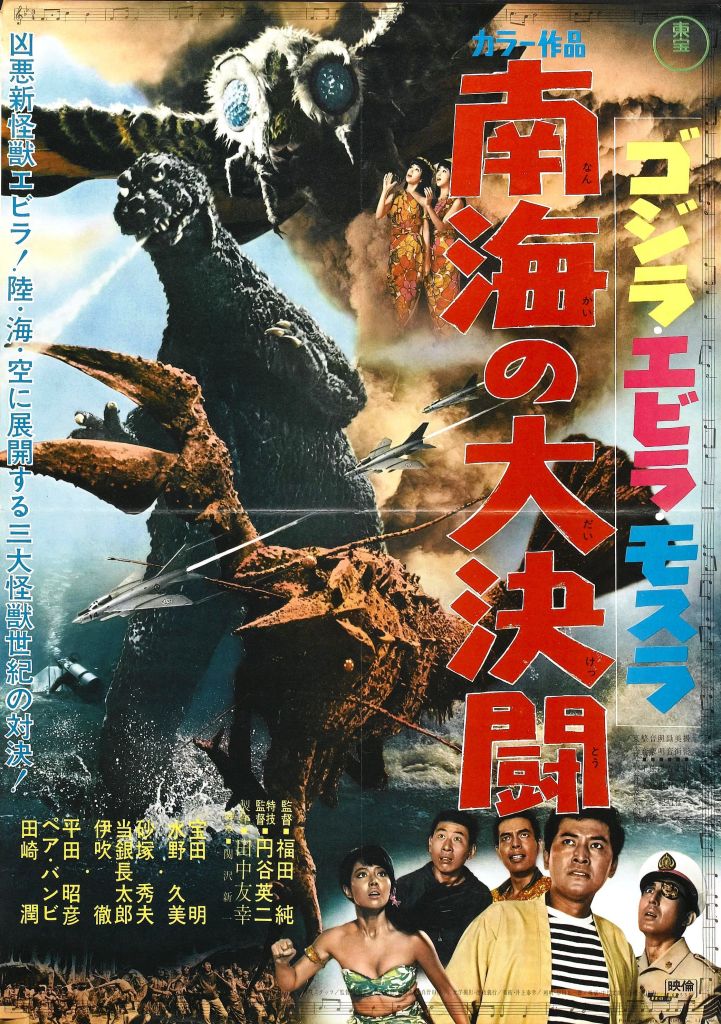
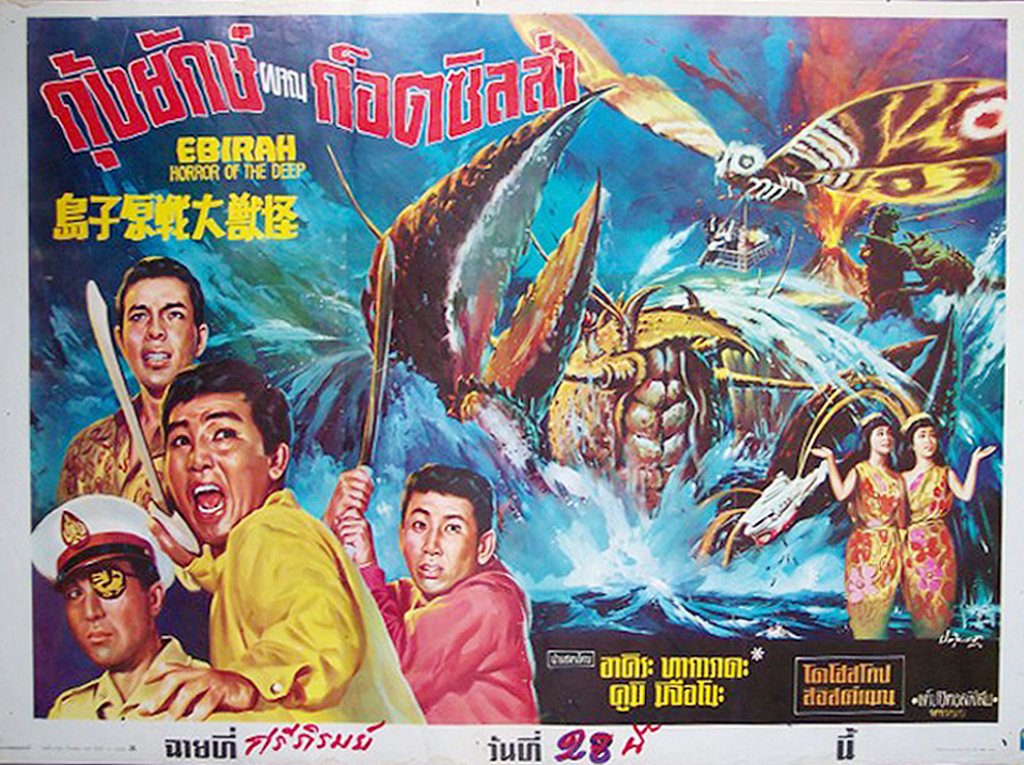
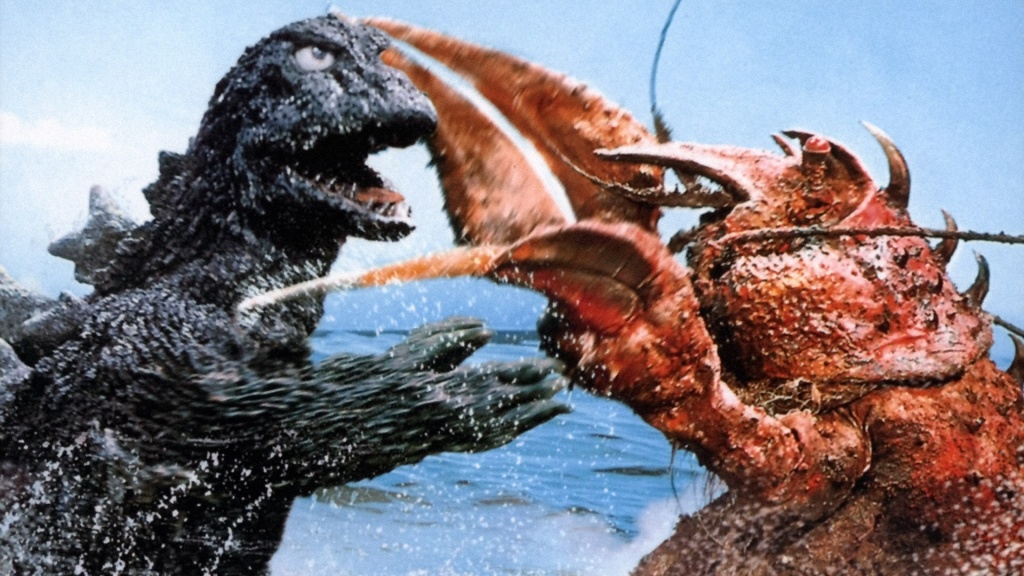 I imagine that Ebirah would be Godzilla’s most delicious foe.
I imagine that Ebirah would be Godzilla’s most delicious foe.

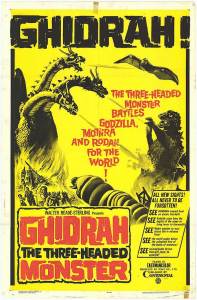 cted to one another in various ways, but all the film’s events center around one character – a Princess with amnesia who believes herself to be from Venus, and who also seems to have some psychic abilities. Is she crazy? Maybe? Probably not? Anyway, hot on her trail are some menacing would-be assassins, and she’s really the anchor that holds the narrative together. Everybody wants to either kill her, save her, or exploit her in some way.
cted to one another in various ways, but all the film’s events center around one character – a Princess with amnesia who believes herself to be from Venus, and who also seems to have some psychic abilities. Is she crazy? Maybe? Probably not? Anyway, hot on her trail are some menacing would-be assassins, and she’s really the anchor that holds the narrative together. Everybody wants to either kill her, save her, or exploit her in some way. newly introduced King Ghidorah is a pretty A-List line up.
newly introduced King Ghidorah is a pretty A-List line up.